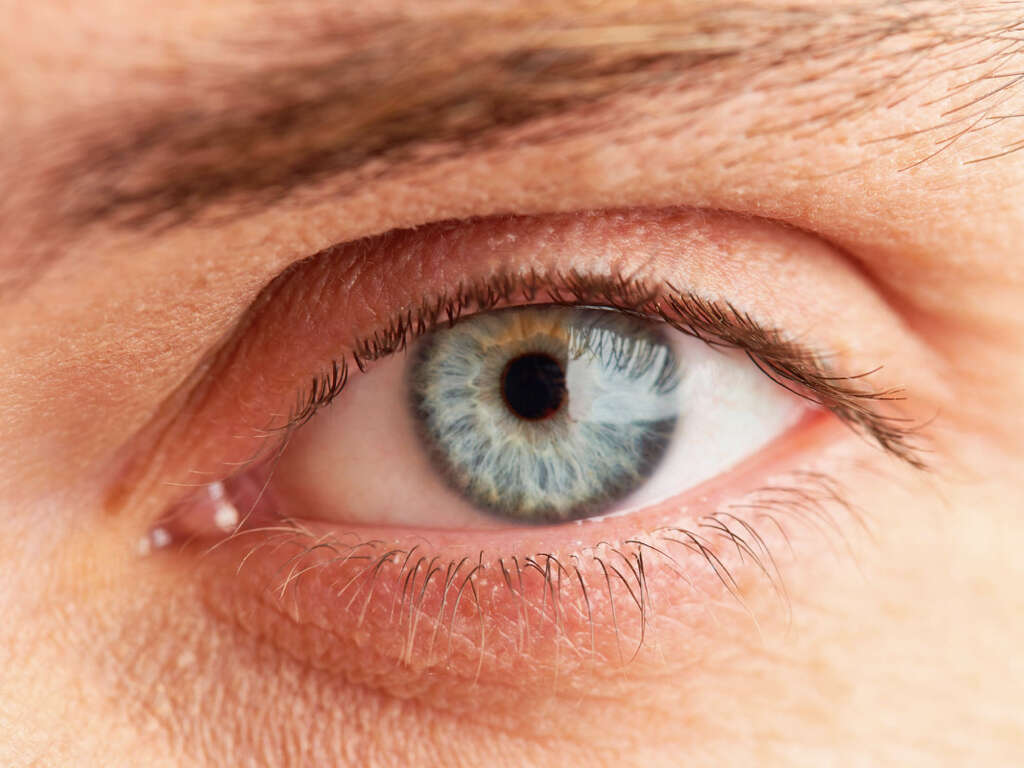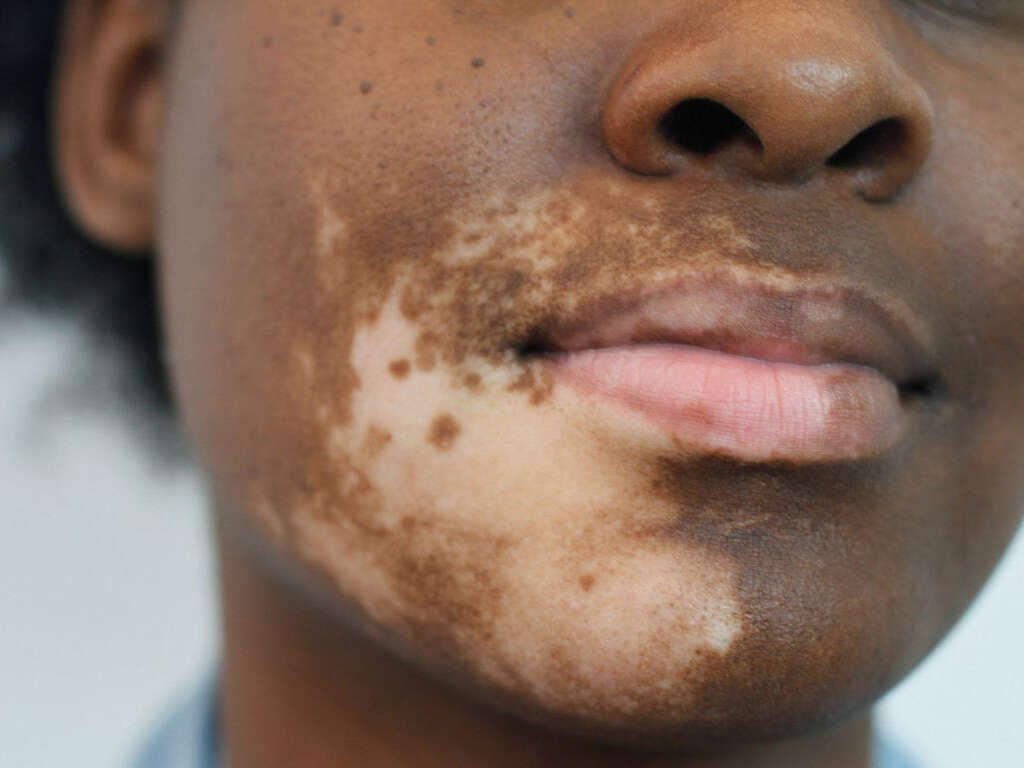10 Causes of Vitiligo
Vitiligo is a condition that affects a fair number of people. While it’s not generally dangerous, some people find the appearance of vitiligo to be unappealing. The condition causes patches of skin to lose its pigment. The pigment in the skin is what provides it with its color, so these depigmented sections can be quite apparent to anyone observing.
These patches of depigmented skin can appear anywhere on the body, and if they are left untreated then they can spread. Currently there are no certified treatments for the problem, though some people have had success using natural or folk remedies. Applying sunscreen in earnest, for example, is one such remedy that has helped many people find improvement. However, if you are not bothered by the appearance of patches of depigmented skin, then there is no real reason to treat the problem as it is not dangerous.

Cause #1: Immune Problems
The main reason that people develop problems with skin pigmentation is because the body’s immune system isn’t working properly. Instead of producing and maintaining a healthy level of pigment, as the body usually does, someone with an unhealthy immune system or an immune disorder may find that their bodies actively destroy their pigment.
The reasoning behind this is not entirely clear, but what is certain is that the immune system perceives these pigmented areas as dangers. The immune system then moves to eliminate the pigment and help to protect the body from the perceived threat.

Cause #2: Family History
Quite a few people – about 20% - who have suffered from vitiligo have at least one family member who has the same problem.
Because of these statistics, many researchers believe that vitiligo is primarily hereditary. However, any evidence to support the theory, beyond these statistics, has not been discovered.

Cause #3: Sunburns
Excessive sunlight, without the proper protection, is known to cause a number of issues in the dermis. Not only can extreme sunlight lead to the development of skin cancer, it can also cause less-serious problems such as vitiligo.
There is not much understanding as to how or why the sun can destroy the pigment in our skin. Some patients have reported that they didn’t experience any signs of vitiligo before they were seriously sunburned. This doesn’t constitute anything more than anecdotal evidence, but this is certainly an area that could do with more research.

Cause #4: Chemical Exposure
There are so many problems that can arise from chemical exposure that there’s no sense in listing them all. So many of the radioactive, industrial compounds that we use can be disastrous if they come into contact with the skin.
Scientists have even begun to see a connection between radiation poisoning and vitiligo. This doesn’t just mean radiation from nuclear explosions, either. Radiation poisoning can occur from extreme doses of microwave energy and even from cell phones. Not to mention that if you work in any area that processes nuclear or radioactive waste, you’re much more likely to develop symptoms of radiation poisoning. Some patients have reported that they developed vitiligo after being exposed to dangerous chemicals.

Cause #5: Stress
By now, it’s no secret that there are a huge number of physical problems that can emerge as a result of stress. Minor problems, like digestive upset and headaches, are quite common. More serious problems, like chronic depression or heart problems, can also occur as a result of chronic stress.
Another thing that can emerge as a result of extreme stress is vitiligo, though this is rare. This is, in part, because high levels of stress compromise the immune system. We have already mentioned that immune problems can contribute to vitiligo, so keeping your stress levels minimized is important for helping to prevent vitiligo.

Cause #6: Hashimoto’s Disease
Hashimoto’s disease, which is also known as chronic lymphocytic thyroiditis, is a problem that affects the thyroid gland. The thyroid gland is involved in a huge number of bodily processes, not the least of which is helping to regulate the immune system.
The thyroid is also involved in helping to regulate hormonal systems that control metabolism, body temperature, and strength. All of these things are involved in the proper maintenance of skin health. Throwing any of these systems out of balance can put someone at risk of developing vitiligo.

Cause #7: Addison’s Disease
Addison’s disease is a problem that affects the adrenal cortex, which is involved with the maintenance and operation of the adrenal glands that sit on the kidneys. These glands are responsible for providing the body with various hormones, particularly those of cortisol and aldosterone.
Cortisol, despite generally being referred to as ‘the stress hormone’, is actually important for our daily lives. It helps us function during times of stress, helps us manage our fight-or-flight response, and helps us maintain clear thought during dangerous times.
Aldosterone, on the other hand, is important for helping the body maintain its sodium and potassium levels. A deficiency of either of these hormones can contribute to vitiligo: people who are chronically stressed are more likely to develop the condition, and people who can’t balance electrolytes like sodium and potassium are also more likely to develop it as well.

Cause #8: Anemia
There are several different types of anemia, all of which involve difficulty producing or maintaining the health of red blood cells. Of all the types of anemia, pernicious anemia is most likely to contribute to vitiligo.
This condition is marked by the body being unable to properly absorb vitamin B12. This nutrient, along with the other B vitamins, is heavily involved in the production and proper maintenance of red blood cells.
There are a number of complications that can arise if you suffer from pernicious anemia. Among problems like nerve and brain damage, patients with anemia may develop vitiligo. This is because those with the condition are more likely to feed their skin and blood vessels with dangerous, ill-made blood cells.

Cause #9: Hyperthyroidism
Hyperthyroidism is a condition that occurs when the thyroid gland, which is responsible for many of our bodily functions, is overactive. The thyroid gland is highly active when we are younger, so children and teenagers are more likely to develop vitiligo as a result of their thyroid.
The thyroid is involved in vitiligo because it’s also responsible for the production of T4 and T3, compounds which are used by cells to control hormones. If there is too much of these compounds, cells may self-destruct in response, which can lead to skin issues like vitiligo.

Cause #10: Alopecia
Alopecia areata, or simply alopecia, is another autoimmune disease. One of the most common symptoms of this condition is hair loss in small patches throughout the body. This is similar to vitiligo in the sense that vitiligo generally occurs, at least at first, in small areas on the body.
The link between the two conditions is not yet clear, but researchers believe that there is a possibility that the two diseases can contribute to each other.











